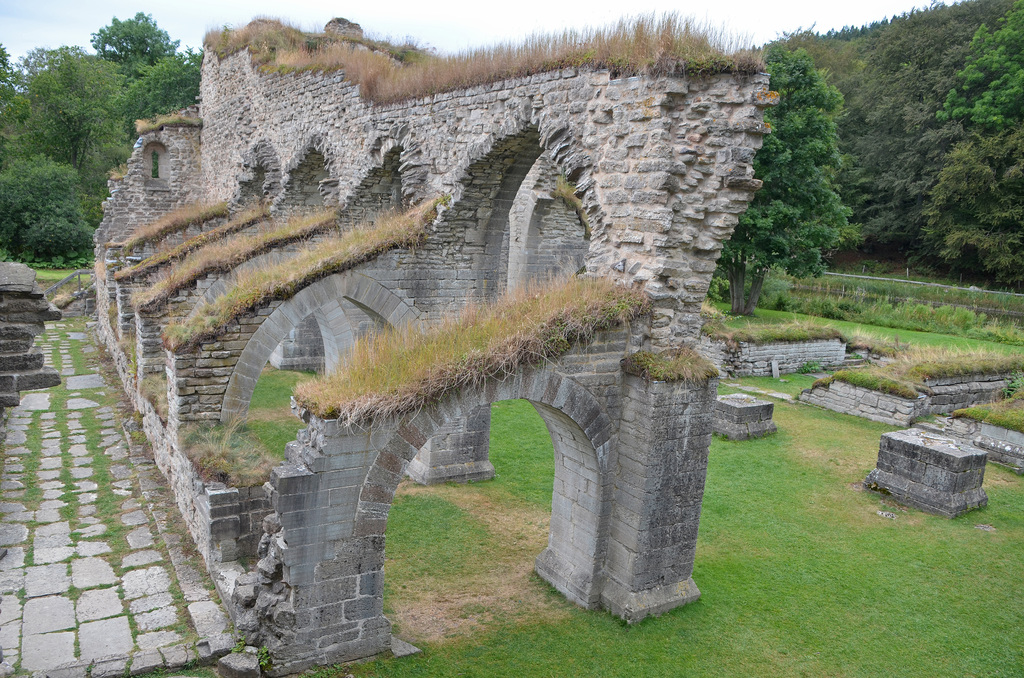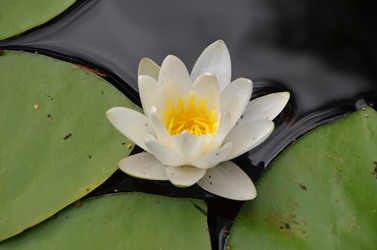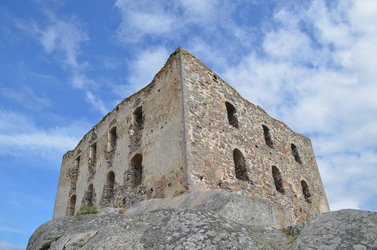Sign In
CloseAlvastra abbey ruin
Alvastra monastery was founded in 1143 by French monks who belonged to the influential Cistercian. From Clairvaux in France to Swedish Östergötland they brought with them modern methods of management, technology and architecture. Today Alvastra monastery part of Östergötland's cultural landscape and open to visiting monks medieval track.
During the Middle Ages the area around Alvastra an area of importance for the Swedish Kingdom. Here were among the mighty Sverker dynasty of Sverker the Elder who has been described as östgötarnas king and later as the Swedes rulers. The evidence suggests that Sverker dynasty was behind the establishment of Alvastra monasteries and stood for the original donation of land to the Cistercian monks.
French champions and people from the neighborhood
The heart of the great abbey church is the western section and the south transept gable with sacristy is well preserved. The church is made up of limestone from Omberg and architecture is simple, according to the Order banning embellishments. The building was constructed under the direction of French champion and with the help of people from the neighborhood. Inhabitants adopted the new technologies, especially the way to carve stone, and used them in their own parish churches.
For nearly 400 years prospered Alvastra monastery. But with the Reformation it was dissolved and land tenure were returned to the crown. Alvastra property was converted into Alvastra demesne. The material of the monastery came to interest various developers and used among other things to Vadstena Castle and Per Brahe building at lake. Since 1898, the abbey ruins restored and preserved in several rounds.
Saint Birgitta in Alvastra Monastery
Saint Birgitta (1303-1373) is one of Europe's six patron saints of the Middle Ages most interesting and important people. She is world famous for its revelations of the monastic order that she founded and for his long pilgrimage. She went off to Spain, Jerusalem, Bethlehem and Rome. But it was in Alvastra monastery outside Vadstena that she received many of his most famous revelations, and that was where she felt called to be "the bride of Christ and spokesperson."
Alvastra Monastery is one of the cultural environments that Riksantikvarieämbetet nurture and develop.
Submission Information
- Views:
- 422
- Comments:
- 0
- Favorites:
- 1
- Rating:
- General
- Category:
- Visual / Photography




